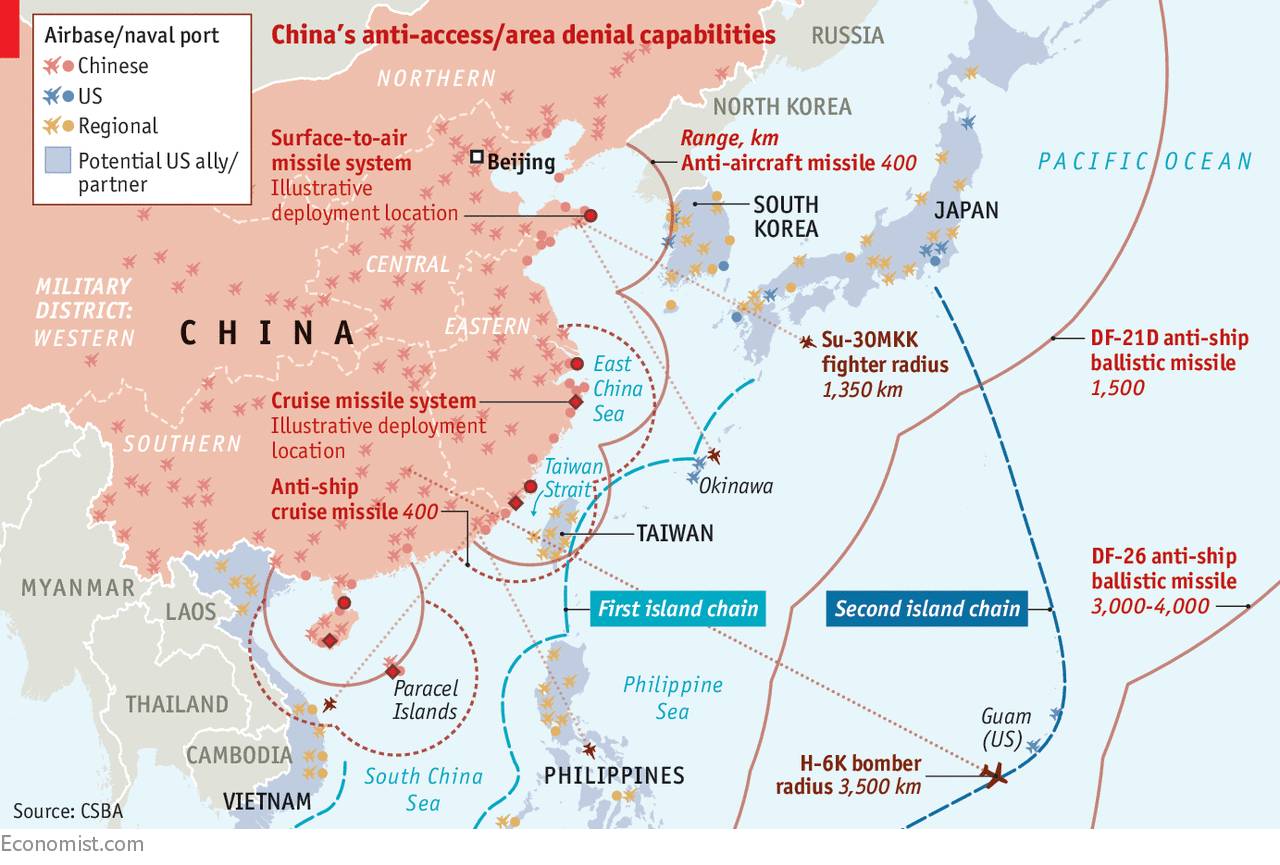In an era of rapid globalization, technological advances, and shifting alliances, the world finds itself at the crossroads of mounting tensions between major powers. From economic rivalries to military standoffs, the stakes have never been higher. Understanding these dynamics not only provides insight into global affairs but also highlights the delicate balance of power shaping our future.
The Roots of Rivalry
The tension between major powers such as the United States, China, and Russia can be traced to historical rivalries, ideological differences, and economic ambitions. While the Cold War may seem like a relic of the past, its shadow looms large, influencing current geopolitical strategies.
Key Drivers:
Economic Competition:
Trade wars, such as the U.S.-China tariff disputes, highlight the struggle for economic dominance.
Technological supremacy, particularly in AI and semiconductors, is fueling this rivalry.
Military Posturing:
Increased military spending and exercises in contested regions like the South China Sea and Eastern Europe.
Development of advanced weaponry, including hypersonic missiles and cyber warfare capabilities.
Ideological Clashes:
The debate between democratic values and authoritarian governance systems.
Human rights issues, such as China’s policies in Xinjiang and Russia’s treatment of dissidents.
The Flashpoints of Conflict
While the rivalry is global, several hotspots stand out as potential triggers for larger confrontations.
1. South China Sea:
The South China Sea has become a symbol of China’s assertive foreign policy. With its artificial islands and military bases, China’s claim over this vital waterway has drawn the ire of neighboring countries and the United States.
Why It Matters:
Approximately $3.37 trillion worth of global trade passes through the South China Sea annually.
Freedom of navigation is a critical principle for international commerce.
Question for Readers: Do you think the world’s economic interests are enough to prevent open conflict in this region?
2. Eastern Europe:
Russia’s actions in Ukraine have reignited fears of a new Cold War. NATO’s eastward expansion is viewed by Moscow as a direct threat, leading to heightened military activity along its borders.
Why It Matters:
Ukraine’s struggle for sovereignty has become a litmus test for international law and order.
Energy dependence on Russia complicates Europe’s response.
Relatable Anecdote: Imagine waking up to find that your country’s sovereignty is being decided in boardrooms and battlefields far from home. That’s the reality for many Ukrainians today.
3. Taiwan Strait:
The Taiwan Strait is another major flashpoint, with China viewing Taiwan as a breakaway province and the U.S. pledging support for Taiwan’s self-defense.
Why It Matters:
Taiwan’s dominance in semiconductor production makes it a critical player in global technology supply chains.
A conflict here could destabilize the entire Asia-Pacific region.
The Role of Global Alliances
In the face of these tensions, alliances are being tested and reshaped. Organizations like NATO, BRICS, and the Quad (U.S., India, Japan, and Australia) play pivotal roles in shaping the global order.
Examples:
NATO’s Expansion: Sweden and Finland’s bids to join NATO indicate shifting priorities in Europe.
BRICS: The inclusion of countries like Saudi Arabia and Iran shows the bloc’s growing ambition to challenge Western dominance.
Call-to-Action: How do you see the role of these alliances evolving in the coming years? Share your thoughts below.
The Human Cost of Power Struggles
Beyond the headlines and political rhetoric, these rivalries have profound impacts on everyday lives. Economic sanctions, refugee crises, and climate inaction are just a few examples of how ordinary people bear the brunt of geopolitical tensions.
Emotional Connection:
Picture a family displaced by conflict, a student unable to afford technology due to trade restrictions, or communities facing rising sea levels while leaders bicker over priorities. These are the unseen casualties of power politics.
The Path Forward: Diplomacy or Disruption?
While the tensions between major powers are undeniable, history has shown that diplomacy can prevail. Initiatives like climate accords, trade agreements, and cultural exchanges offer glimmers of hope.
The Question:
Can the world’s powers set aside their differences to tackle shared challenges like climate change, pandemics, and poverty? Or will their rivalries lead to greater division and conflict?
Engagement Prompt: What do you think? Is there a path to cooperation, or are we destined for further division? Join the conversation and let us know your perspective.
Conclusion
The rising tension between major powers is a complex tapestry woven from history, ambition, and ideology. While the challenges are daunting, understanding these dynamics empowers us to advocate for a more stable and cooperative world. By staying informed and engaged, we can play our part in shaping the future of global relations.


